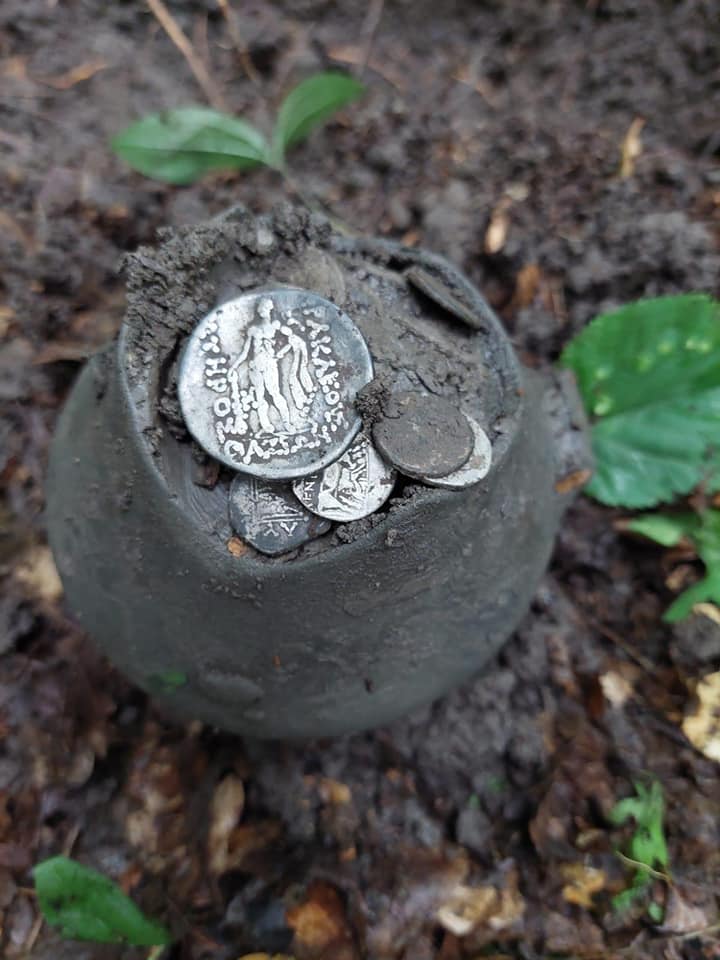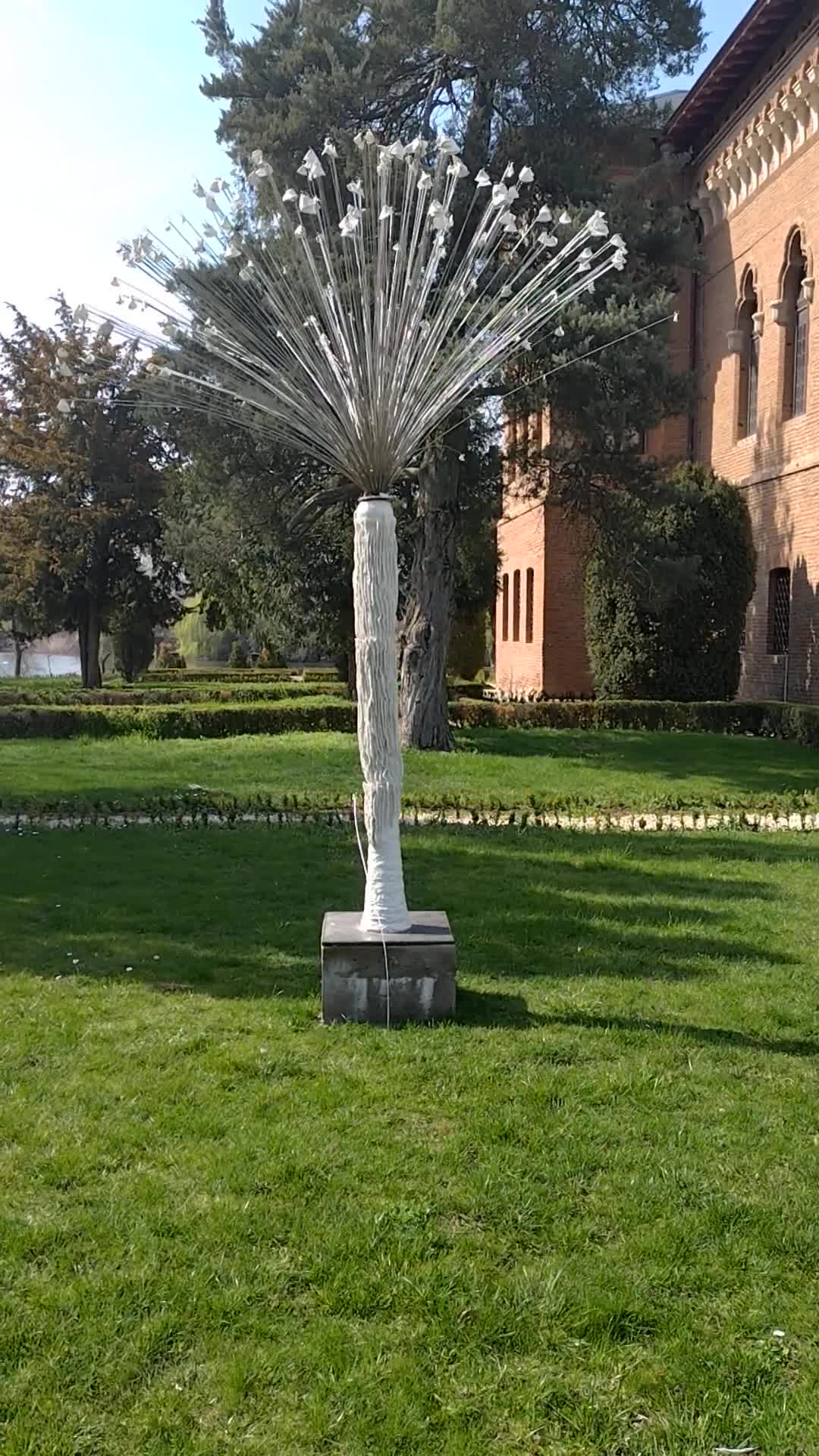Am hotărât să fiu mai activă... Asta după ce, în Februarie, am făcut o drumeție până la Cascada Urlătoarea, în Bușteni, și am crezut că o să rămân fără picioare de la febra musculară de a doua zi...
În această idee, am hotărât să fiu mai activă, dar să o iau ușor. Să încep cu drumeții de weekend înafara Bucureștiului.
Pe prima am făcut-o la Mogoșoaia. Am început ziua cu un colț al Pădurii Râioasa, din dreptul localității Buftea. O pădure frumoasă, rămășiță din foștii Codrii ai Vlăsiei, cu flori de primăvară și untișor! Am oprit apoi la Palatul Mogoșoaia, unde mai fusesem, dar pe care nu îl vizitasem niciodată pe îndelete.
I decided to be more active... That's after, in February, I went on a hike to Urlătoarea Waterfall in Bușteni, and I thought I'd lose my legs from the muscle fever the next day...
With this in mind, I decided to be more active, but to take it easy. To start with weekend hikes outside Bucharest.
The first one I did was in Mogoșoaia. We started the day with a corner of Râioasa Forest, near the town of Buftea. A beautiful forest, a remnant of the former Vlăsiei Woods, with spring flowers and pilewort! We then stopped at Mogoșoaia Palace, where I had been before, but had never thoroughly explored.
1. Pădurea Râioasa // Râioasa Forest
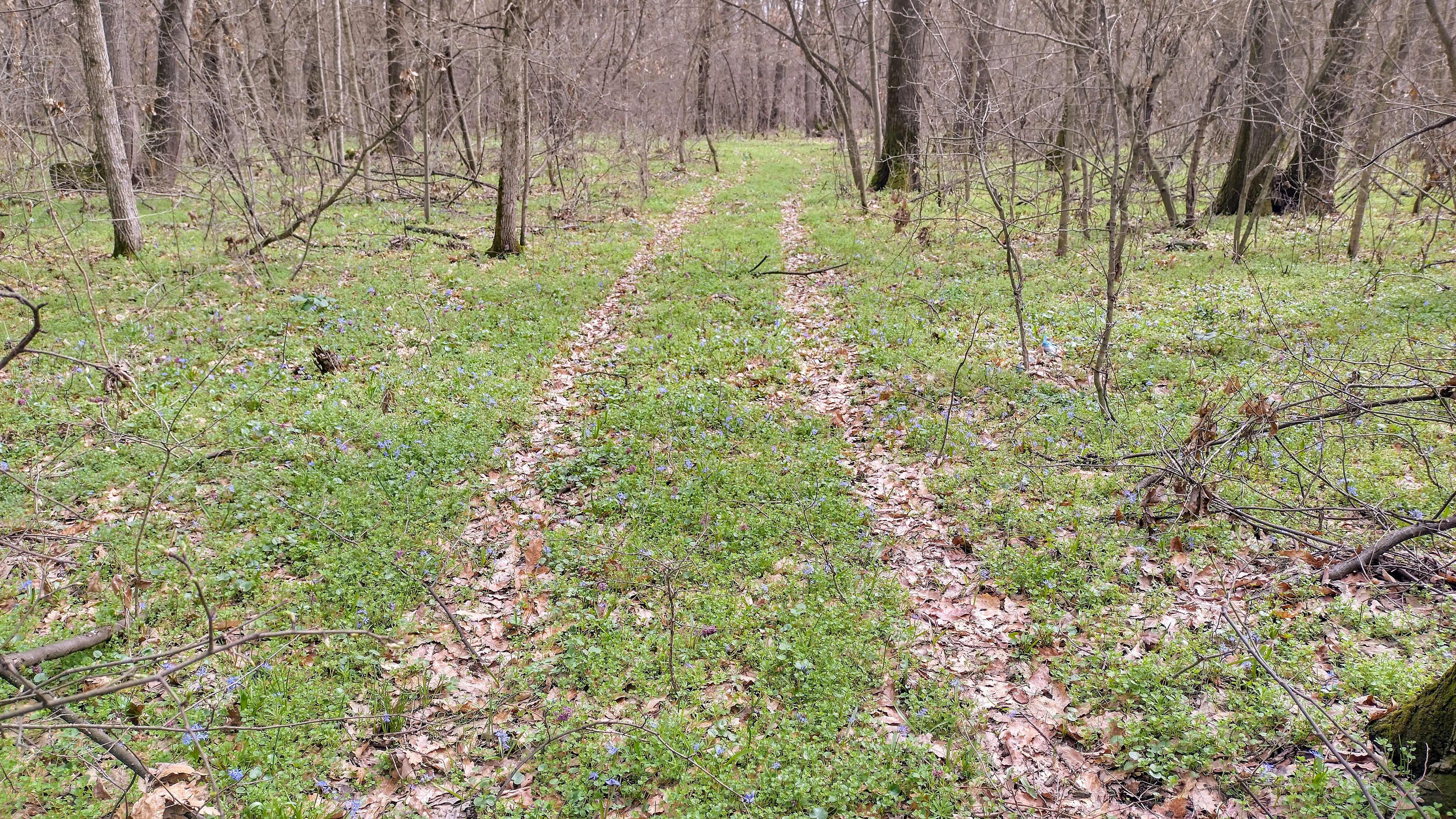
Pădurea Râioasa este o bucățică din foștii Codrii ai Vlăsiei care, în vechime, ocupau întreg teritoriul Bucureștiului și al județului Ilfov.
Pădurea este acum, din nefericire, atât groapă de gunoi pentru localnici, cât și sursă de lemn, tăiat mai mult sau mai puțin legal. În pădure s-au aventurat și detectori de comori, care au scos din pământ o ulcică aflată sub un capac de ceramică, plină cu tetradrahme și monede Ilyria-Apollonia, vechi de circa 2500 de ani.
The Râioasa Forest is a piece of the former Vlăsiei Woods, which in ancient times occupied the entire territory of Bucharest and Ilfov County.
Unfortunately, the forest is now both a garbage dump for locals and a source of timber, cut more or less legally. Treasure hunters have also ventured into the forest, unearthing a jug placed under a ceramic lid, filled with tetradrachms and coins from Ilyria-Apollonia, dating back around 2500 years.
via facebook.com/state.ionel.7
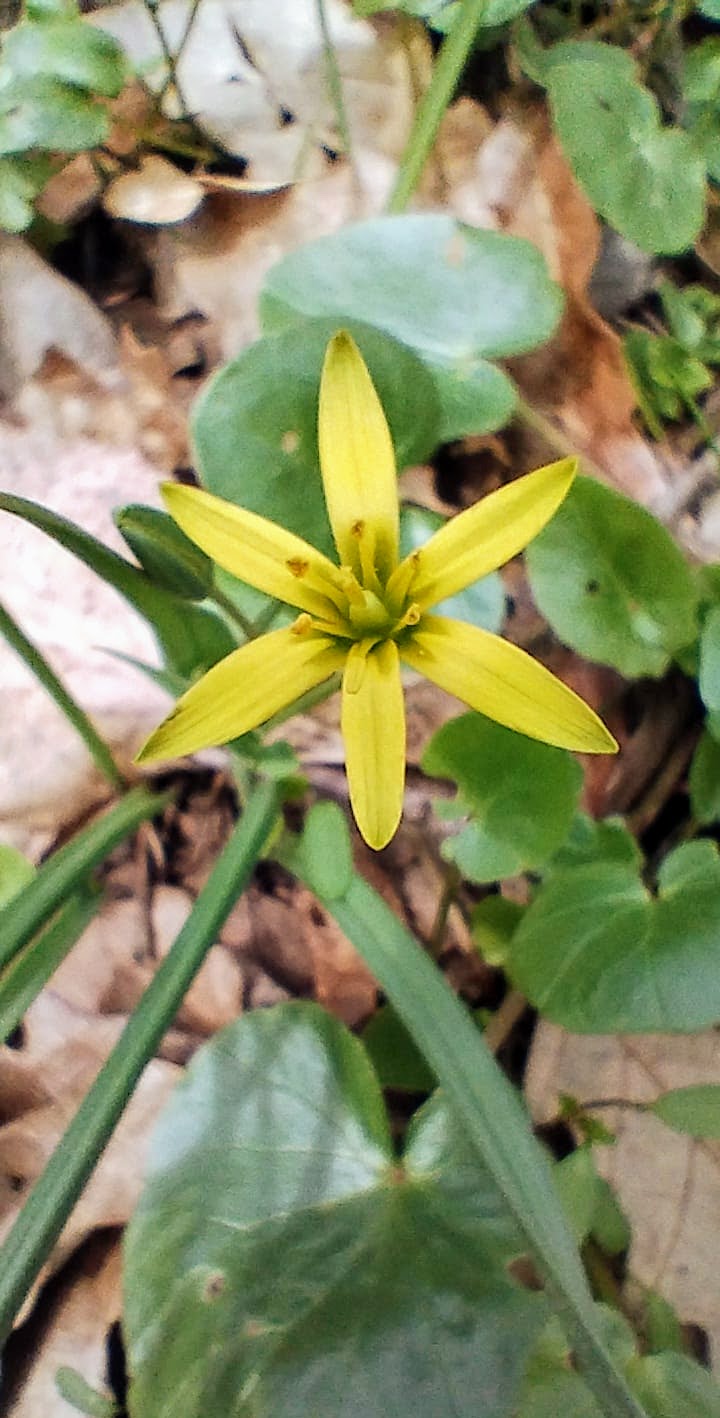
Laptele păsării (Gagea lutea) // Yellow star-of-Bethlehem (Gagea lutea)
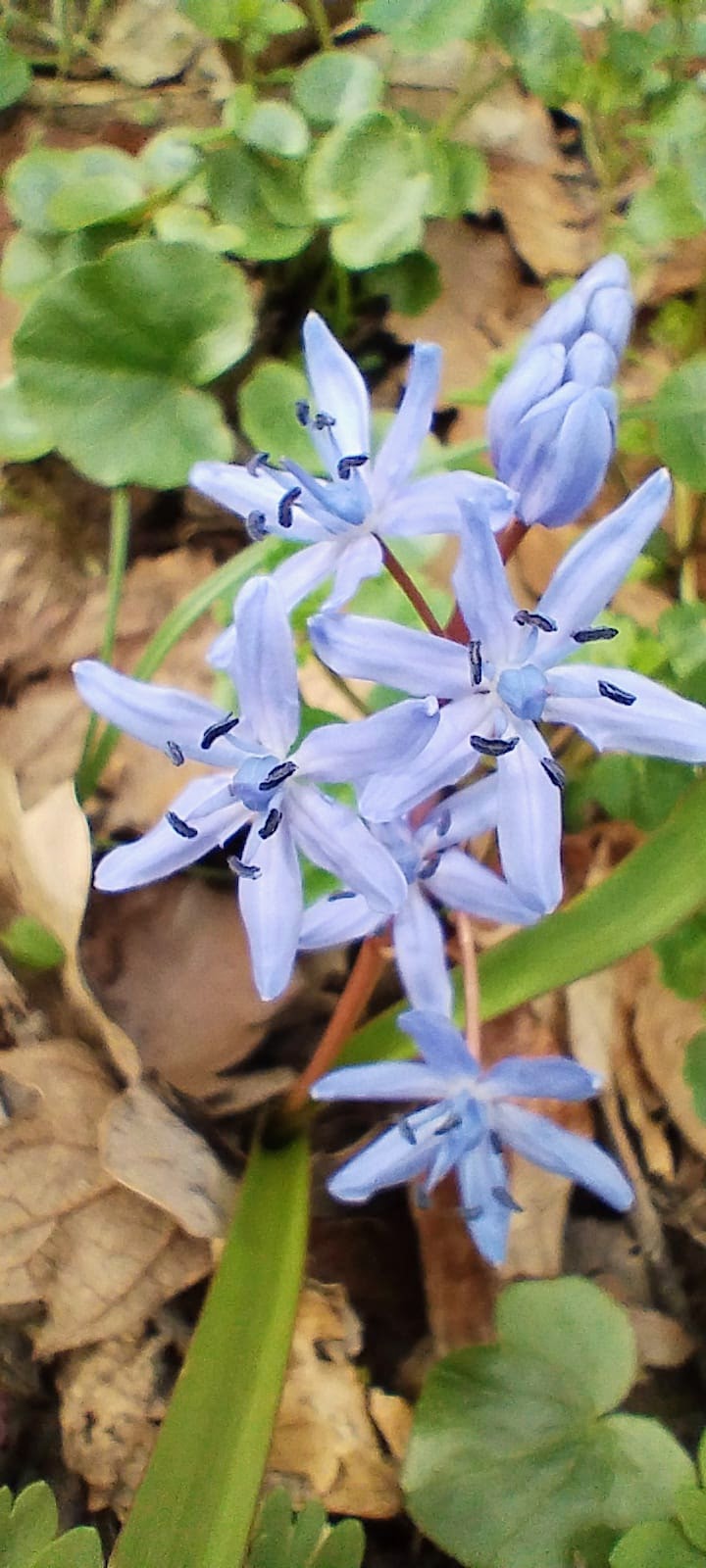
Viorea (Scilla bifolia) // Alpine squill (Scilla bifolia)
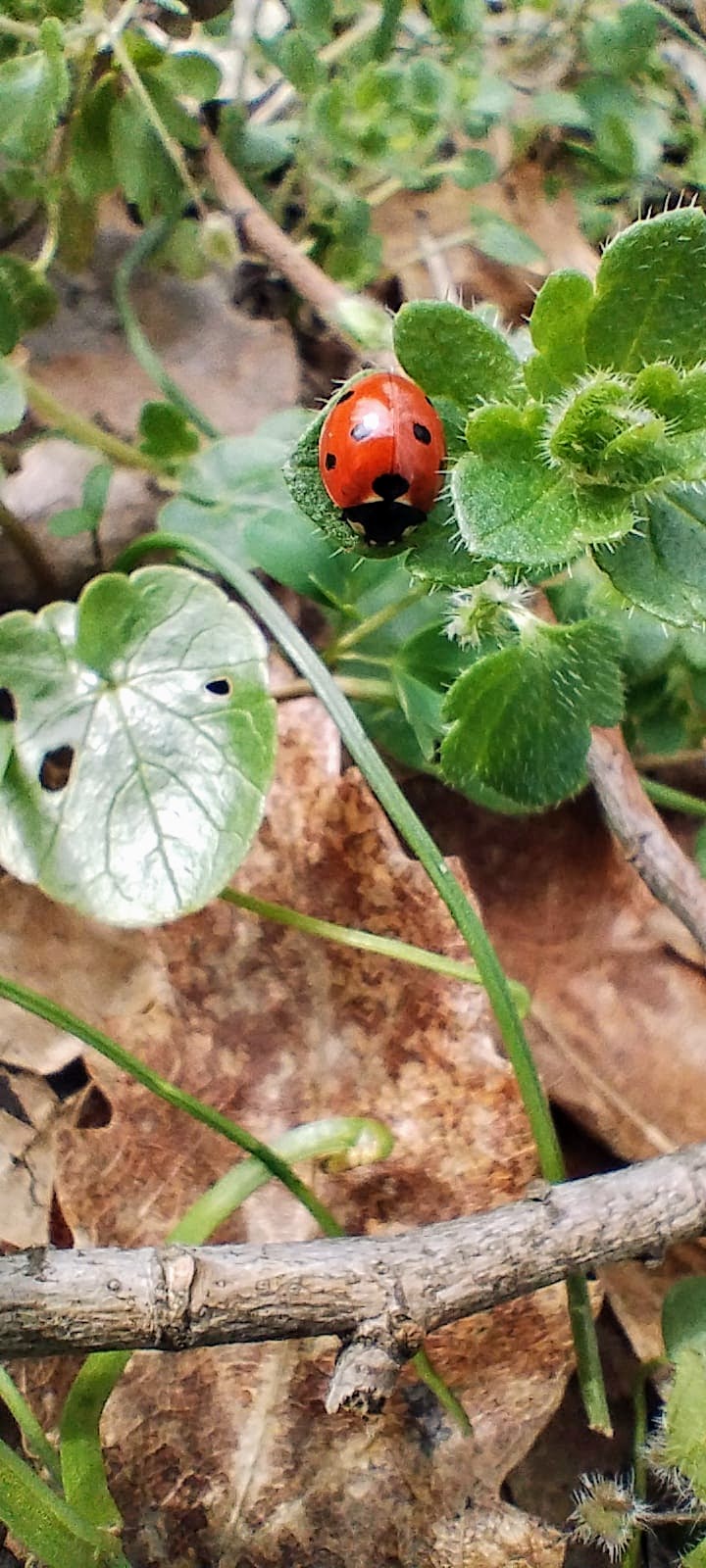
Buburuză cu șapte puncte (Coccinella septempunctata) // Seven-spot ladybird (Coccinella septempunctata)
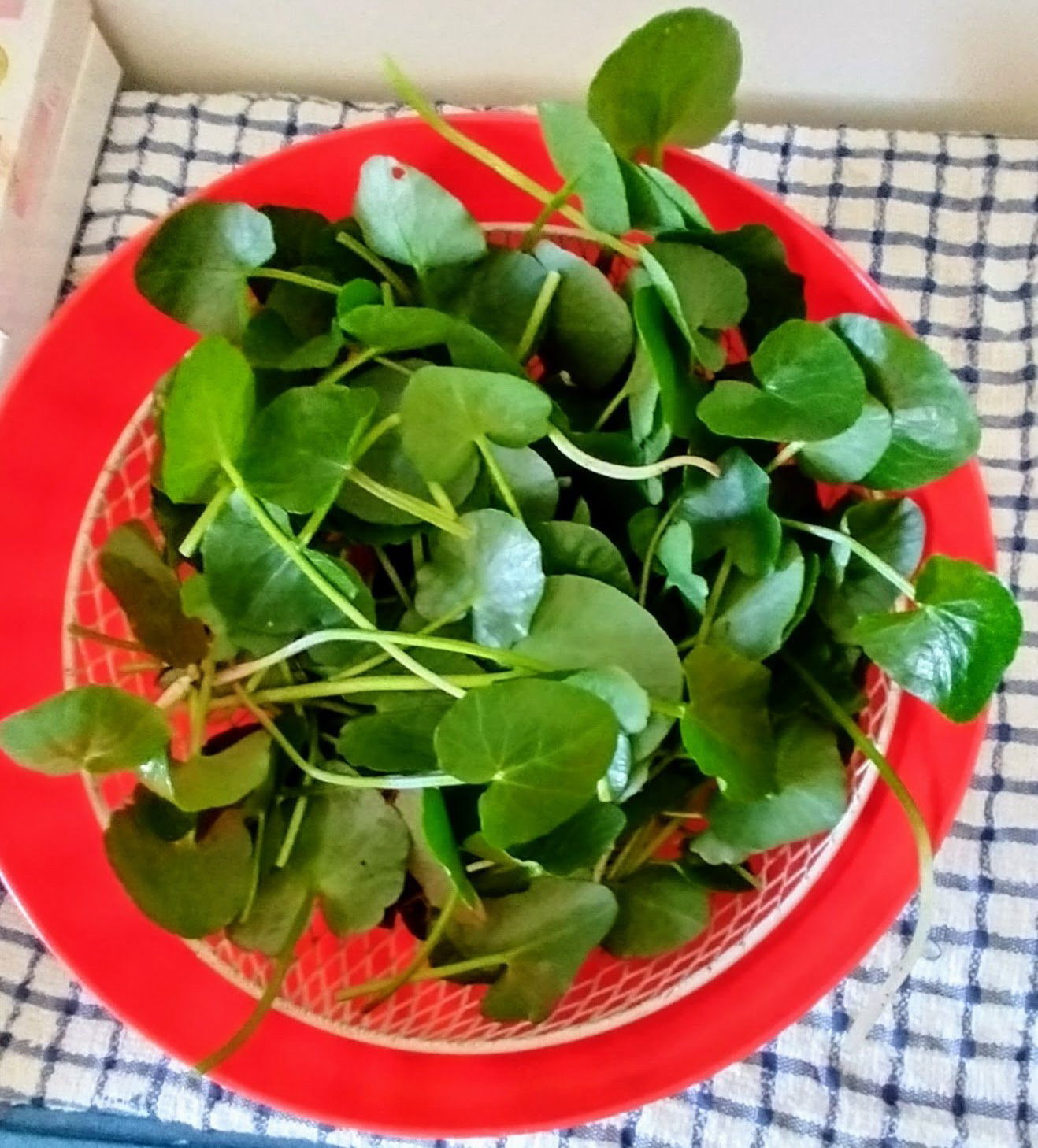
Untișor (Ranunculus ficaria) // Lesser celandine, or Pilewort (Ranunculus ficaria)
!!!Atenție mare când culegeți untișorul!!!
Untișorul se prezintă ca un covor de frunze pe întreg solul pădurii - îl vedeți și în toate trei pozele de mai sus. Înflorește cu un boboc galben din mijlocul cuibului, în jurul lunii mai. Dacă acesta a înflorit, el este toxic pentru consumul uman. De aceea se culege primăvara devreme, din cuiburi neînflorite. Preferabil să nu jumuliți un cuib întreg, iar pentru a-l transporta, închideți la gură o pungă de plastic, picurând înainte câțiva stropi de apă înăuntru, pentru ca frunzulițele să facă condens. Vor ține până acasă, unde ar trebui consumate cu prioritate.
Pe internet veți găsi o mulțime de rețete pentru salată de primăvară cu sau de untișor. Eu, din cele câteva mâini culese, am ales să fac, împreună cu o jumătate de salată verde și două fire de ceapă (tot verde), o salată simplă. Pentru că frunzele de untișor sunt puține și se trec repede, nu cred că e necesar să le adaug roșii, mozarella, etc - dar dacă vrei cu adevărat, poți!
După ce am spălat toate frunzele (untișorul, cules din pădure și plin de pământ, trebuie spălat bine), am tăiat salată și ceapă, iar untișorul l-am rupt de pe codițe, dar l-am lăsat întreg. O mână sănătoasă de sare, foarte puțin ulei și puțin oțet, și am desăvârșit gustul acestei salate de primăvară. Am mâncat-o ca garnitură pentru niște cartofi prăjiți în casă.
Poftă bună, și... pe sănătate!
!!!Attention when picking Pilewort!!!
The Pilewort presents itself as a carpet of leaves covering the entire forest floor - you can see it in all three pictures above. It blooms with a yellow bud in the middle of the cluster, around May. If it has bloomed, it is toxic for human consumption. That's why it's harvested early in spring, from non-blooming clusters. It's preferable not to strip an entire cluster, and to transport it, seal it in a plastic bag, adding a few drops of water inside beforehand, so the leaves condense. It will last until you get home, where it should be consumed promptly.
On the internet, you'll find plenty of recipes for spring salads made with or entirely of Pilewort. From the handfuls I gathered, I chose to make a simple salad together with half a head of lettuce and two green onions. Because Pilewort leaves are scarce and wilt quickly, I don't think it's necessary to add tomatoes, mozzarella, etc. - but if you really want to, you can!
After washing all the leaves (the Pilewort, harvested from the forest and covered in dirt, needs to be washed well), I chopped the lettuce and onions, and plucked the Pilewort off the stems, leaving the leaves whole. A healthy pinch of salt, very little oil and vinegar, and I perfected the taste of this spring salad. We ate it as a side dish with some homemade fried potatoes.
Enjoy your meal, and... to your health!
2. Palatul Mogoșoaia // Mogoșoaia Palace
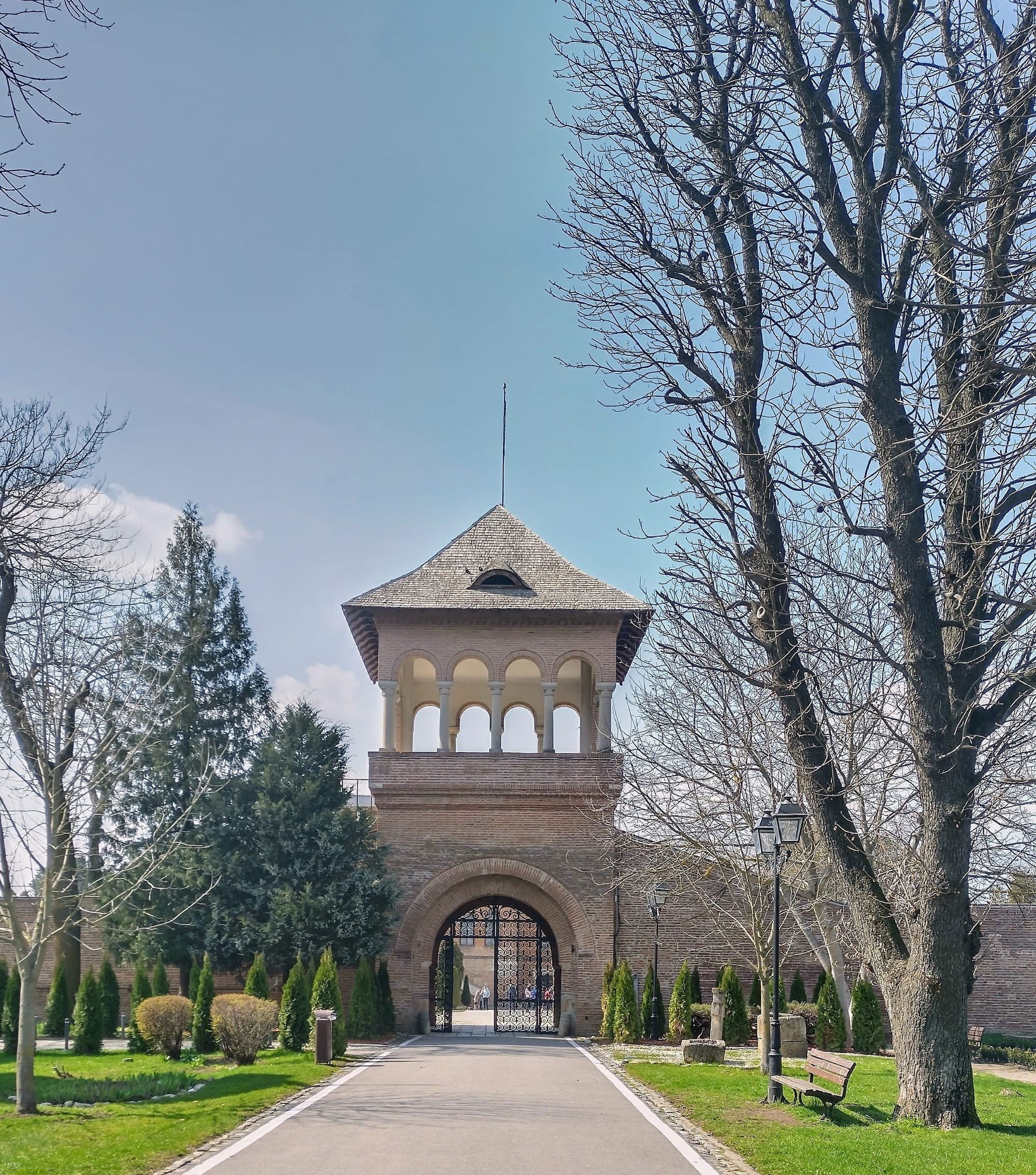
Turnul porții // The Gate Tower
Prin Codrii Vlăsiei a fost construit un drum care lega centrul Bucureștiului de Palatul Mogoșoaia al lui Constantin Brâncoveanu. Acest drum avea să fie numit Podul Mogoșoaiei, datorită faptului că a fost pavat cu grinzi din lemn de stejar. Podul Mogoșoaiei avea să devină „Calea Victoriei” din zilele noastre, fiind rebotezat după victoria din Războiul de Independență al României din 1877-1878.
Through the Vlăsiei Woods, a road was built connecting central Bucharest to Constantin Brâncoveanu's Mogoșoaia Palace. This road was to be called Mogoșoaia Bridge because it was paved with oak wood beams. Mogoșoaia Bridge was to become "Victory Avenue" in modern times, renamed after the victory in the Romanian War of Independence of 1877-1878.

Biserica din depărtare // The church from afar
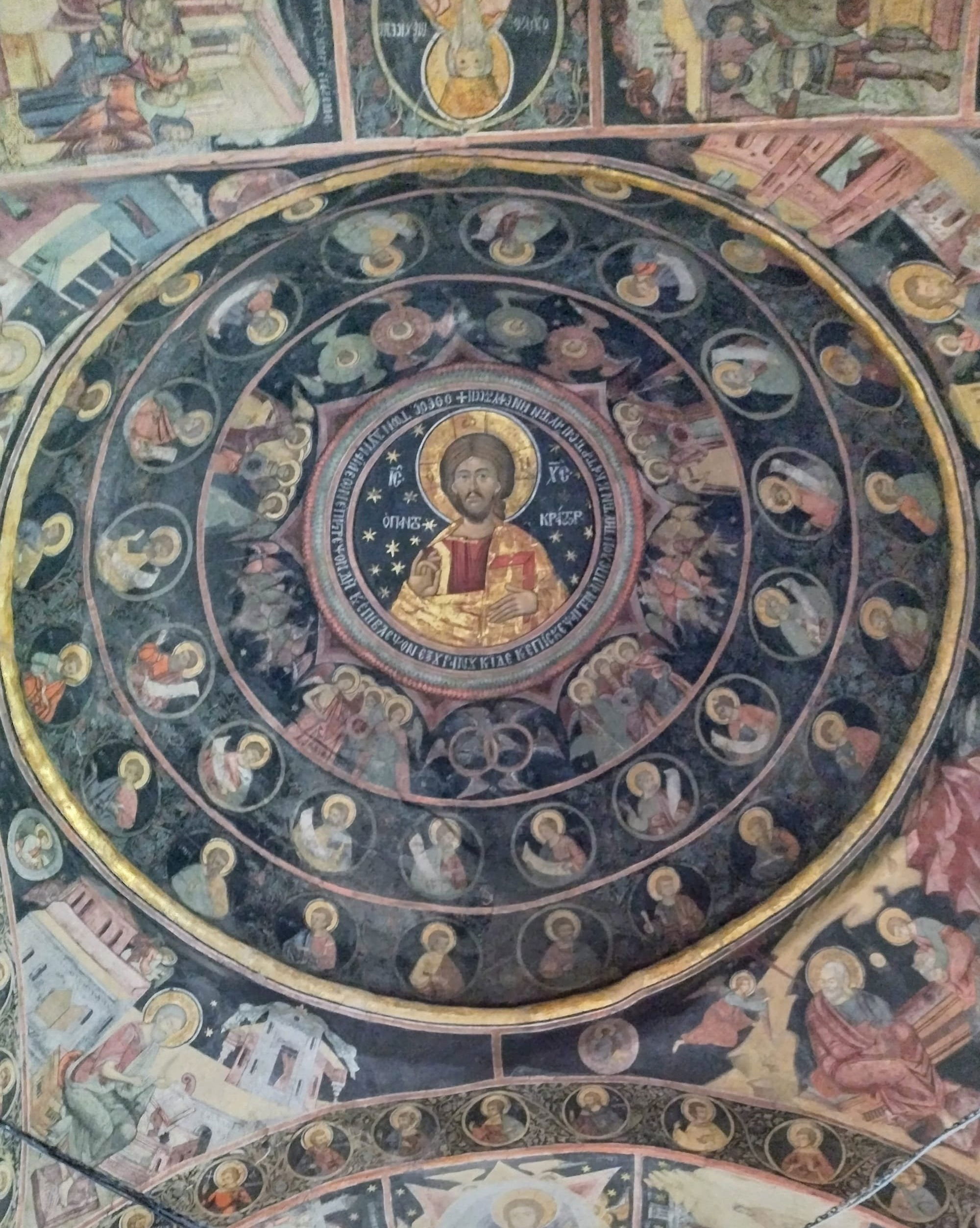
Cupola bisericii Sfântul Gheorghe (~1688) // The dome of Saint George Church (~1688)
Chiar înainte de intrarea în curtea palatului, se află Biserica Sfântul Gheorghe, construită la 1688 de Constantin Brâncoveanu, domn al Țării Românești. Pentru cei super-pasionați de istorie, aici se regăsește mormântul lui George-Valentin Bibescu, aviator român de viță nobilă. Pentru ceilalți, biserica găzduiește o impresionantă pictură murală, și icoane vechi românești.
Just before entering the palace courtyard stands the Church of Saint George, built in 1688 by Constantin Brâncoveanu, the ruler of Wallachia. For history enthusiasts, here lies the tomb of George-Valentin Bibescu, a Romanian aviator of noble descent. For others, the church hosts an impressive mural painting and ancient Romanian icons.
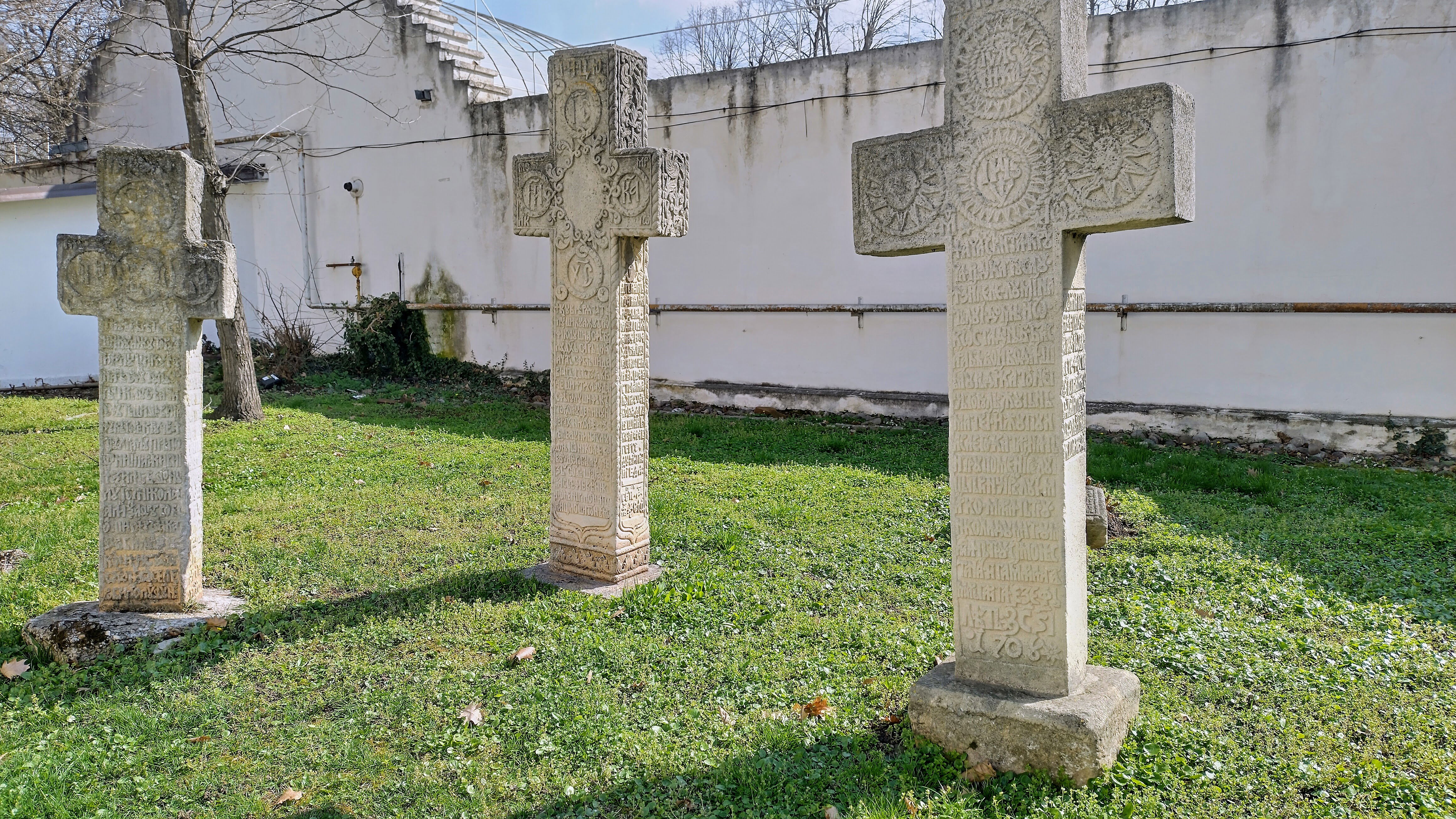
Morminte în curtea bisericii // Tombs in the church's graveyard
După ce am vizitat biserica, am luat-o prin stânga clădirii principale ale palatului, în parc, pe lângă lac. Am văzut serele (cam goale) pentru ca, apoi, străbătând tot parcul pe partea stângă, să traversăm în zona porții spre partea dreaptă - zona de picnic.
Am văzut, de afară, cuhnia (vechea bucătărie) și casa de oaspeți a palatului. Neștiind că interiorul palatului se vizitează, am oprit, spre ieșire, la magazinul de suveniruri, unde doamna vânzătoare ne-a spus să ne întoarcem, că merită văzute și interioarele. A avut dreptate!
After visiting the church, we took the left side of the main palace building, through the park, along the lake. We saw the greenhouses (mostly empty) and then, crossing the entire park on the left side, we reached the gates area and took the right side - the picnic area.
From outside, we saw the cuhnia (the old kitchen) and the guest house of the palace. Not knowing that the interior of the palace could be visited, we stopped on our way out at the souvenir shop, where the saleswoman told us to go back, as the interiors were worth seeing. She was right!
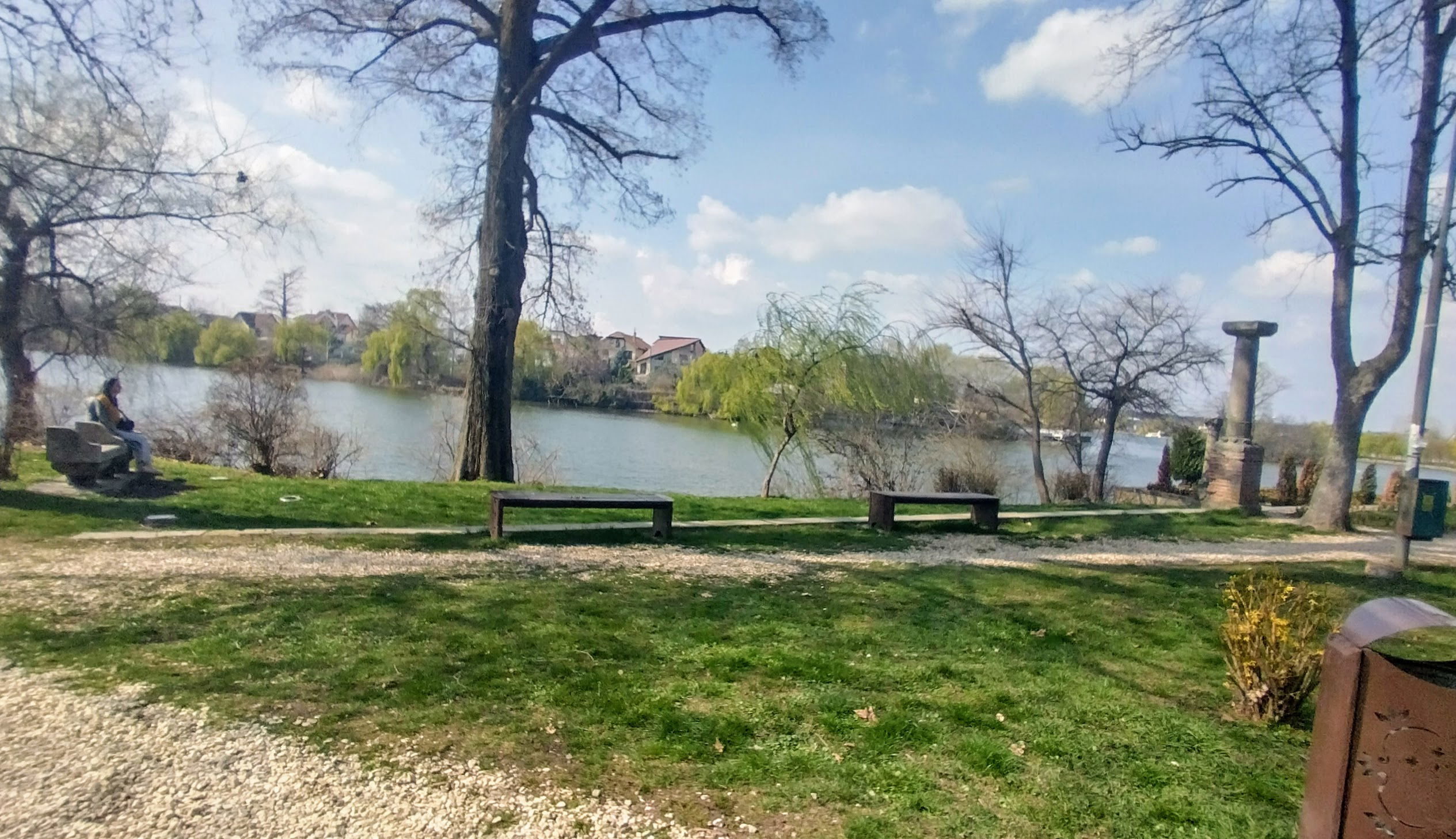
Vedere la lac din parc // Lake view from the park
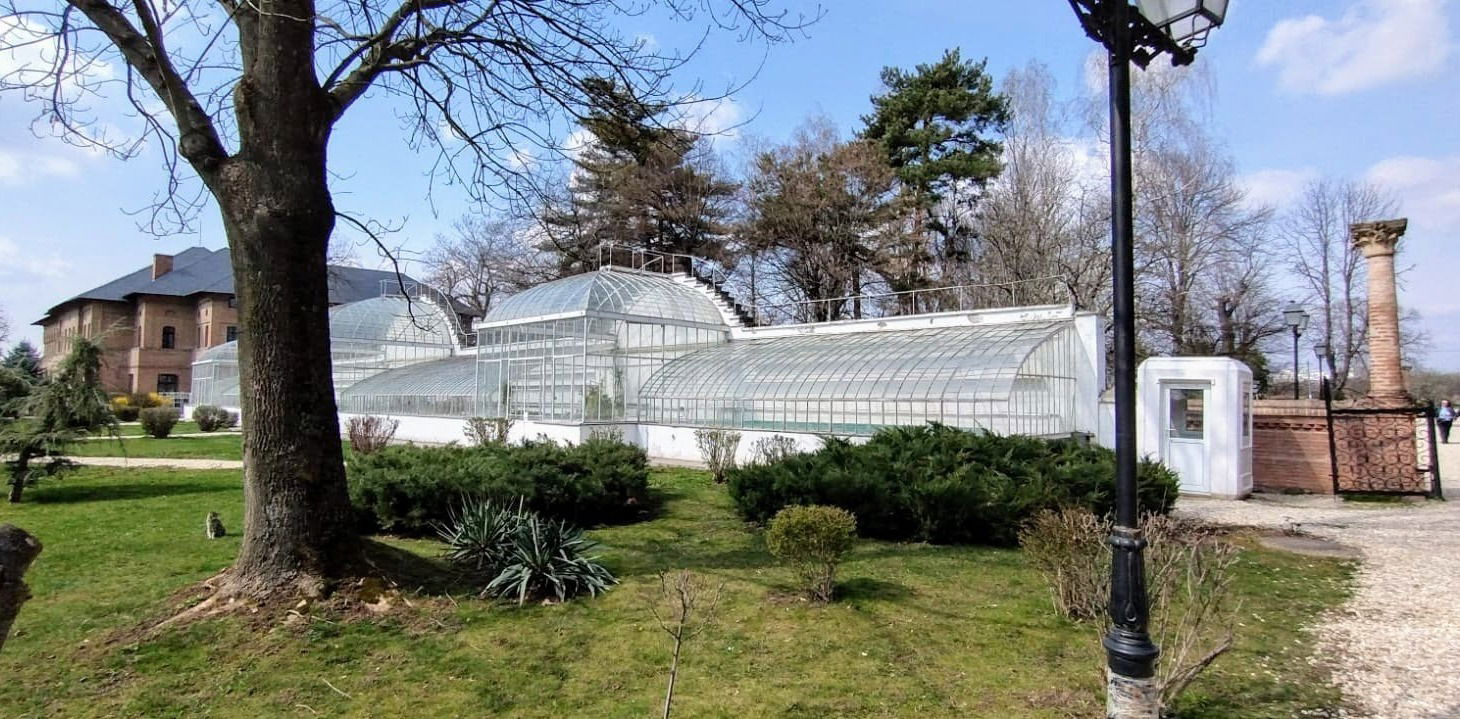
Serele // The greenhouses
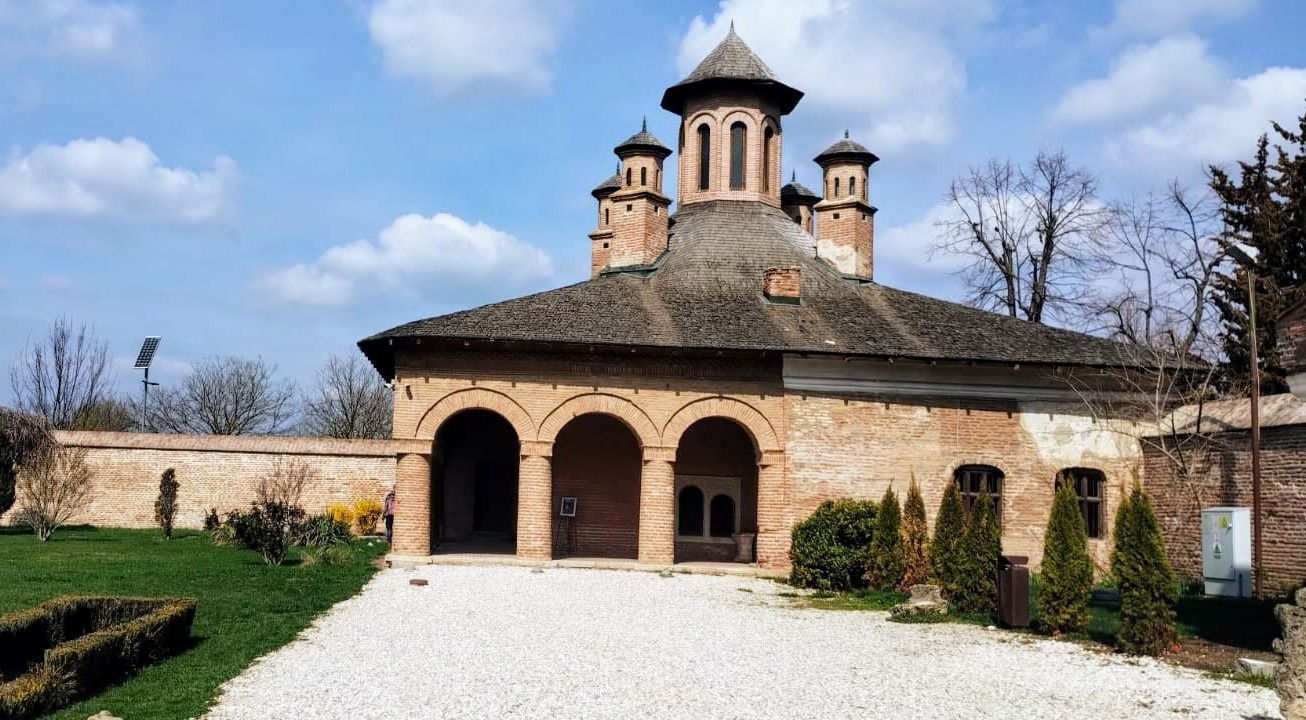
Cuhnia // Old kitchen
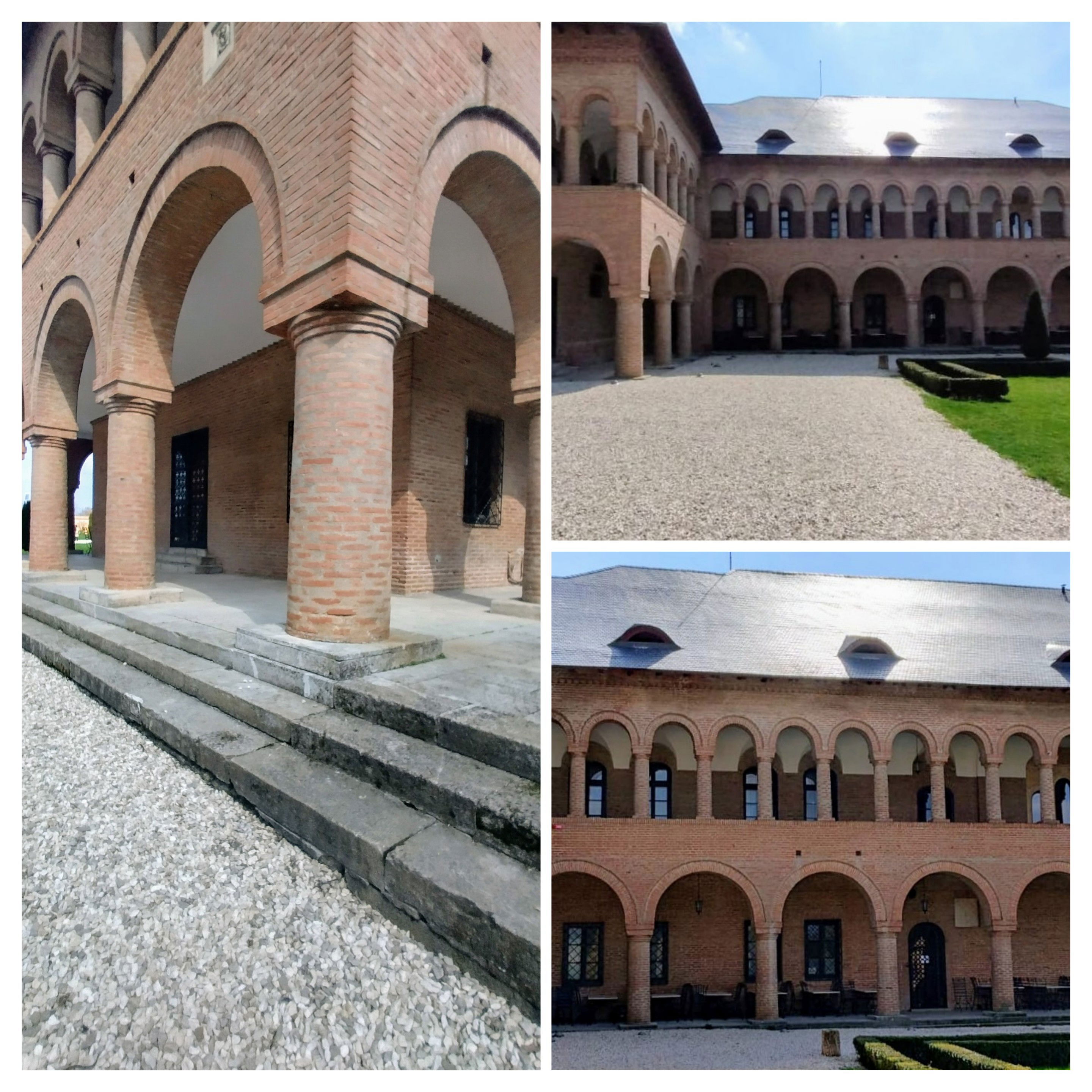
Diferite vederi cu casa de oaspeți // Various views of the guest house

Sculptură în fața palatului ("Maternitate") // Sculpture in front of the palace ("Maternity")

Uși și porți la palat // Doors and gates at the palace
Am intrat în palat (vezi banner, ~1702), unde era expusă permanent mobilă din epoca brâncovenească, sculpturi și picturi, instrumente muzicale, etc.
Palatul a fost renovat de mai multe ori de-a lungul timpului dar, cel mai notabil, acesta a văzut o renovare serioasă sub direcția Marthei Bibescu, soția lui George-Valentin (cel îngropat în Biserica Sfântul Gheorghe). Ea a refăcut, printre altele, și mozaicul auriu de pe podeaua antreului etajului unu.
We entered the palace (see banner, ~1702), where there was a permanent display of furniture from the Brâncovenesc style, sculptures and paintings, musical instruments, etc.
The palace has been renovated several times over the years, but most notably, it underwent a serious renovation under the direction of Martha Bibescu, the wife of George-Valentin (the one buried in the Church of Saint George). Among other things, she restored the golden mosaic on the first-floor entrance hall.
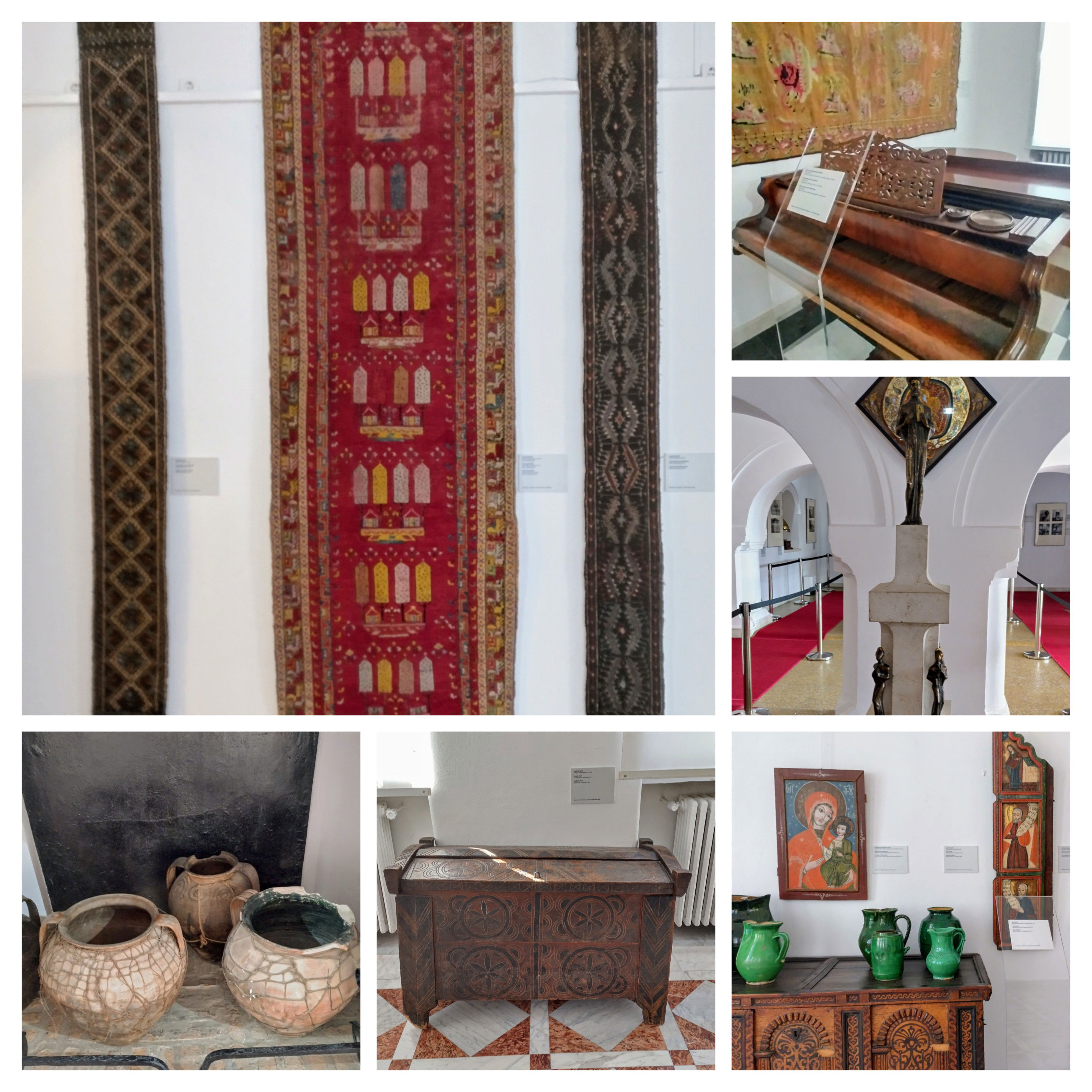
Artă în palatul Mogoșoaia // Art in the Mogoșoaia palace
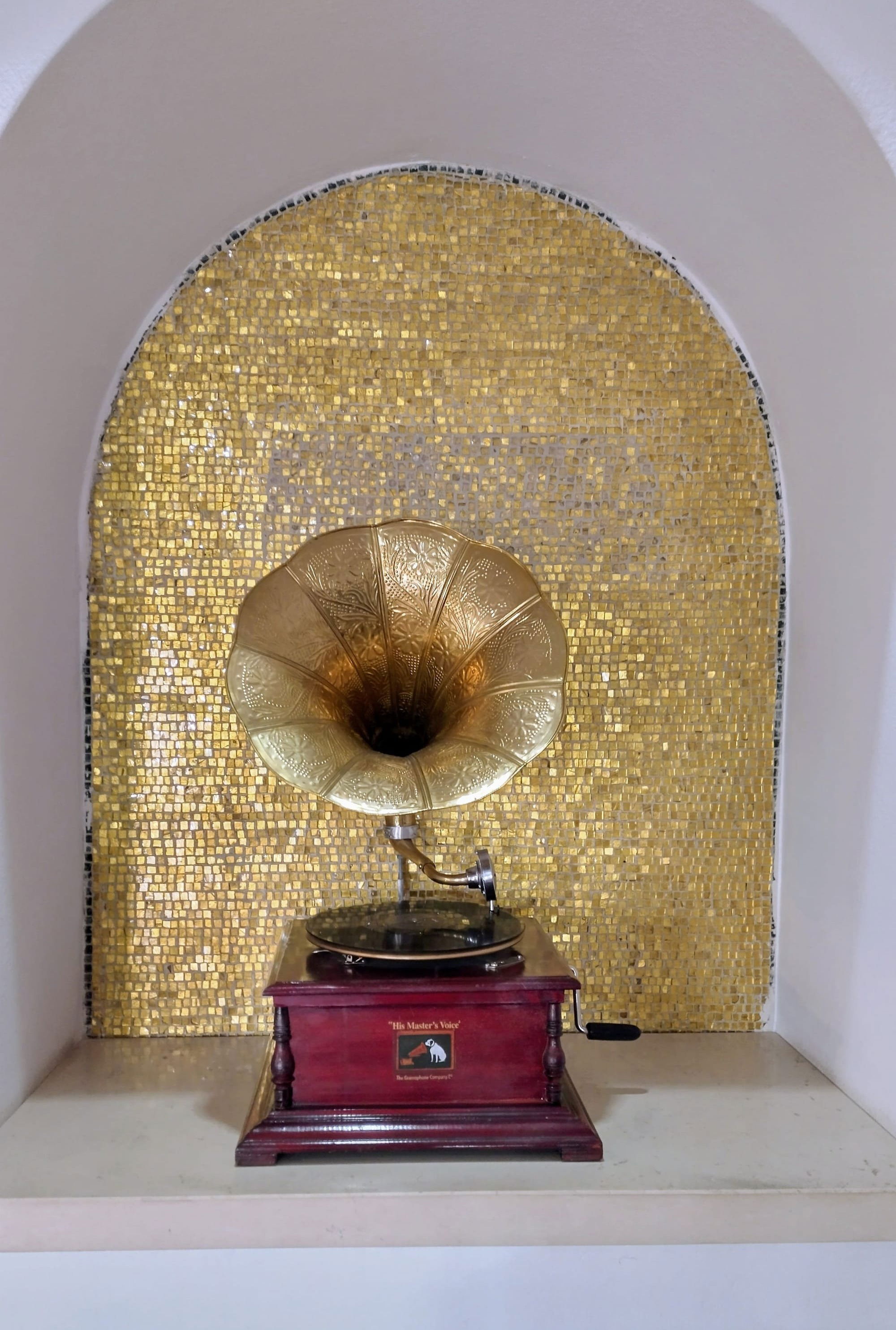
Mozaicul se întinde și pe pereți // The mosaic lingers on the walls as well
După aceea, am parcurs câteva camere ce țin loc de spațiu expozițional pentru artă contemporană. Am văzut câteva piese superbe - prea multe pentru a le pune pe toate aici.
Apoi, pentru a ieși, am coborât pe o strâmtă scară-spirală, unde am și făcut ultimele poze înainte de a conduce spre casă și a încheia o zi minunată la Mogoșoaia.
After that, we went through several rooms serving as exhibition spaces for contemporary art. We saw some superb pieces - too many to list them all here.
Then, to leave, we descended a narrow spiral staircase, where we took the last photos before heading home and ending a wonderful day at Mogoșoaia.
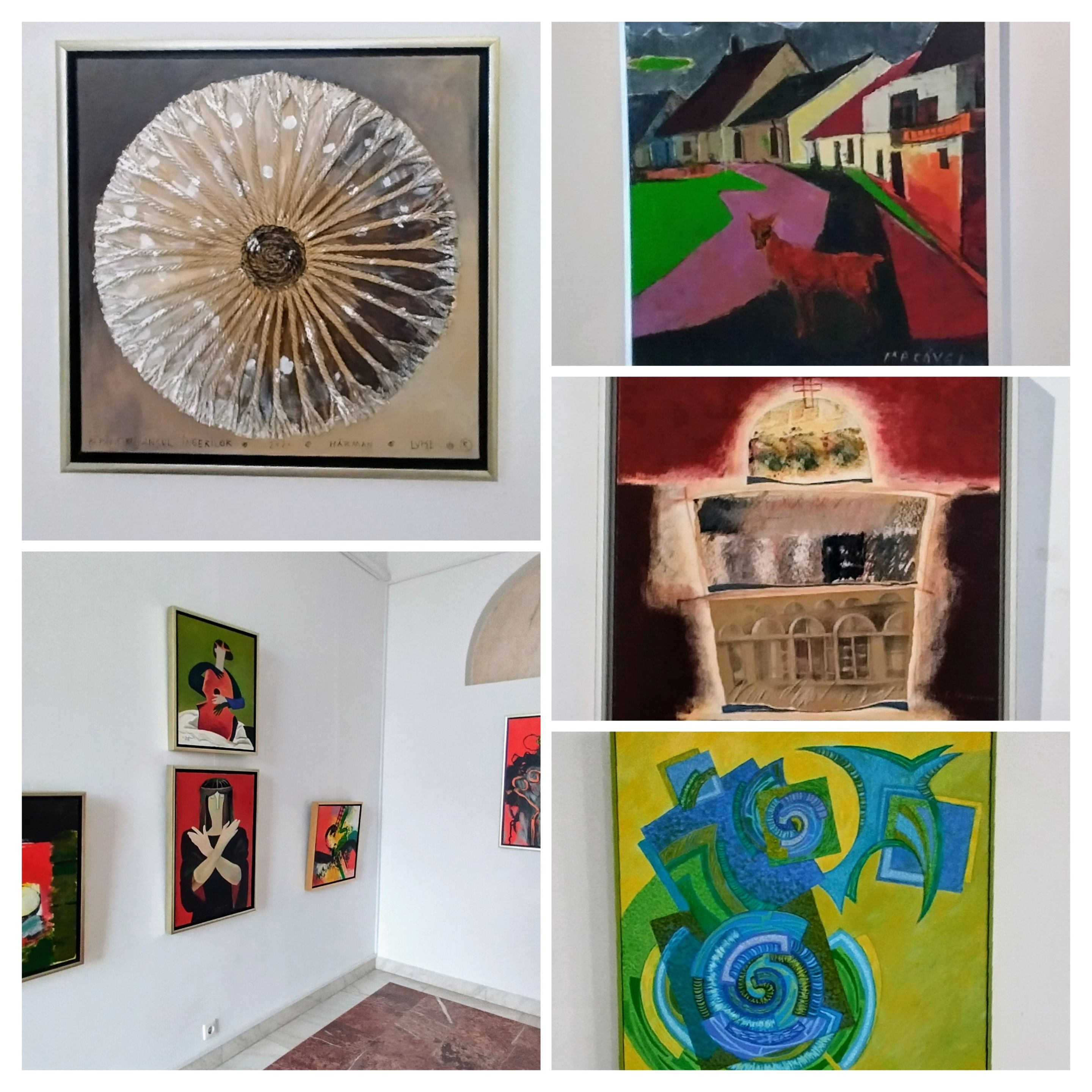
Artă contemporană românească // Romanian contemporary art
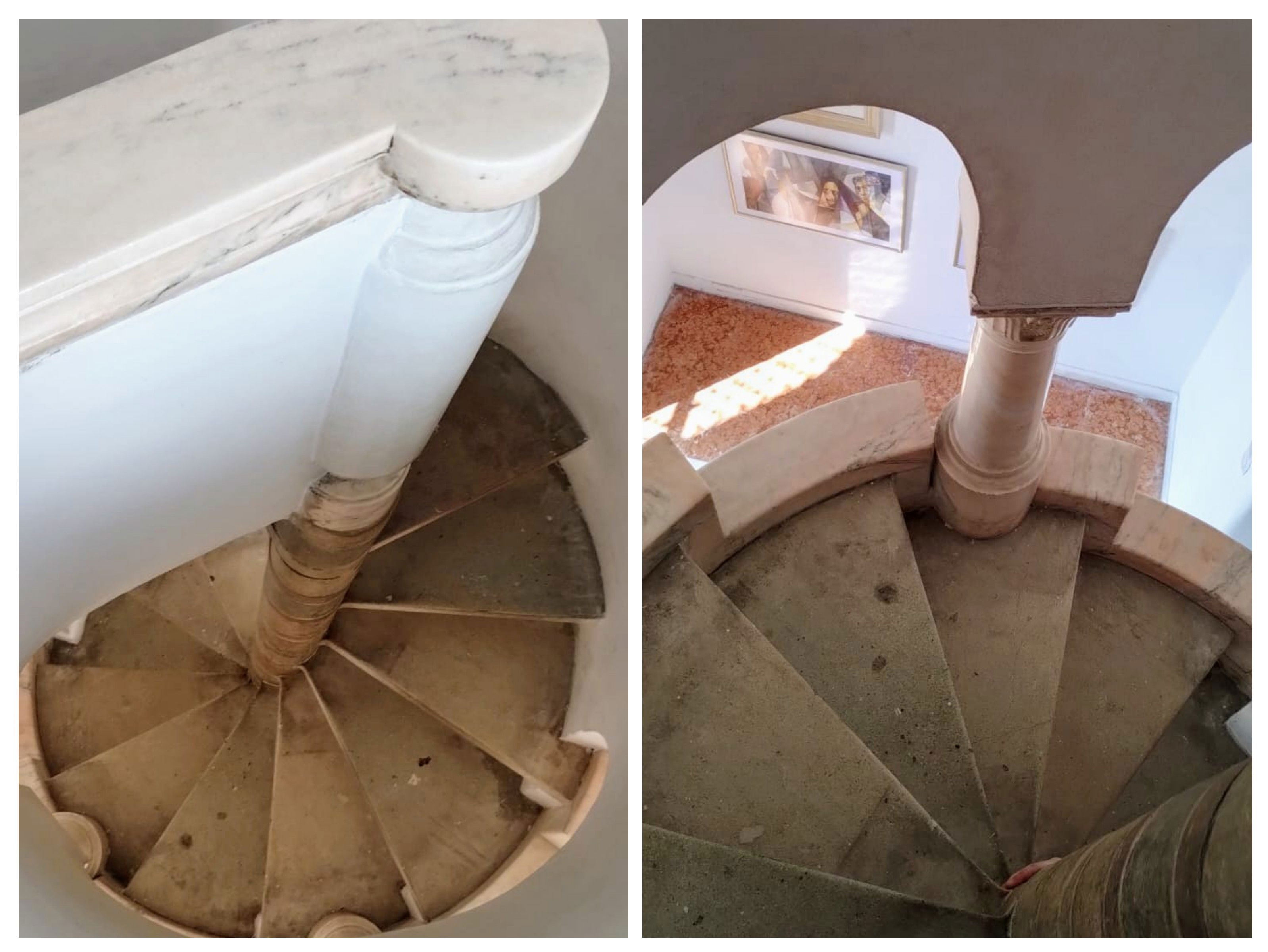
Scara spirală // The spiral staircase
Întreg complexul este digitalizat, iar pagina muzeului virtual are atâtea informații istorice, încât nu văd rostul la a mai umple internetul cu versiunea mea.
Eu am preferat să citesc, și să vizitez în persoană; pentru cei care însă nu au posibilitatea, acest tur virtual este o indicație a ceea ce se poate vedea - pe îndelete - la Mogoșoaia. Click aici: https://www.muzeul-virtual.ro/tur/palatul-mogosoaia
The entire complex is digitized, and the virtual museum page contains so much historical information that I don't see the point of adding my version to the internet anymore.
I preferred to read and visit in person; however, for those who are unable to, this virtual tour serves as an indication of what can be seen - in detail - at Mogoșoaia. Click here: https://www.muzeul-virtual.ro/tur/palatul-mogosoaia
Atmosferă de primăvară la palat // Spring atmosphere at the palace
- Cost: 10 RON taxa de intrare în palat (nu se taxează intrarea în parc)
- Durată: 3 ore, incluzând plimbarea prin pădure
- Verdict: 8/10 - merită!
- Cost: 10 RON Palace entrance fee (no fee for the park)
- Duration: 3 hours, including a stroll through the forest
- Verdict: 8/10 - worth it!
